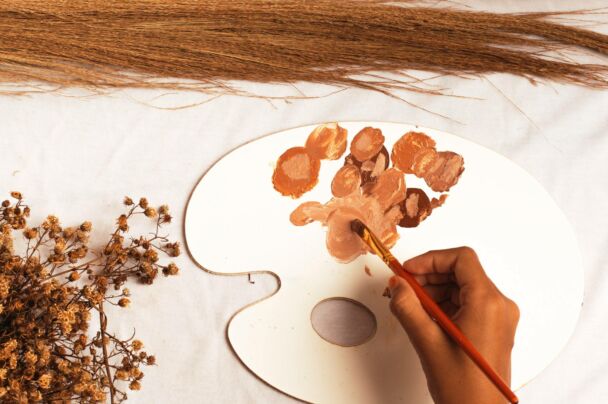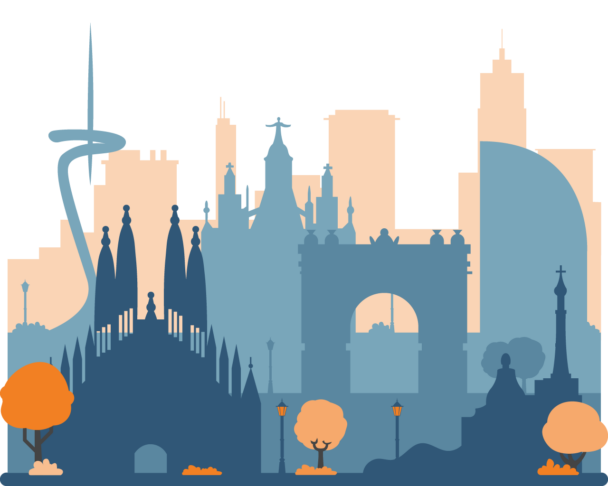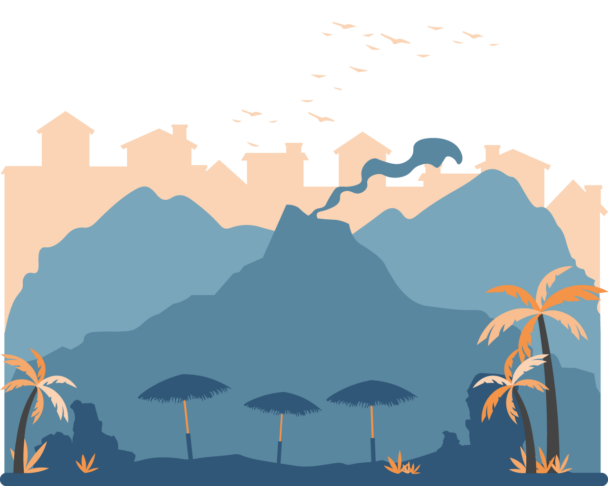Description
Nature has always been an inexhaustible source of inspiration for artists, regardless of the historical period or the artistic movement of which they were spokesmen.
Nowadays more and more artists use their art to raise awareness among their audiences about environmental issues and the importance of a sustainable life.
In school, teachers of any subject can use simple artistic techniques to raise students’ awareness of sustainability and respect for nature.
Art can be a great tool for students to connect with nature, activate critical thinking skills, improve their relationships with themselves and others, find meaning in life, appreciate the surrounding world, and build a better future community.
During the course, participants will receive a theoretical framework of sustainable art history and participate in a series of indoor and outdoor art activities, inspired by the principles of sustainability.
They will learn how to create paint using natural ingredients and how to use no-impactful art supplies, natural settings, and recycling objects for their works. They will also learn how to facilitate an inclusive, nonjudgmental, and collaborative environment among students, in the framework of a slow and sustainable way of living.
By the end of the course, participants will be able to design and lead a sustainable art project for their students and (why not?!) for their colleagues.
They will have developed a more mindful and sustainable approach to art and nature and feel ready to inspire their school community with long-term little actions towards a sustainable school creative life.
The course is transversal to all subjects and open to anybody interested in the topic regardless of any artistic skill.
The usage of natural materials and non-toxic supplies make the course very appropriate for teachers and professionals working with students with special needs.
What is included
Learning outcomes
The course will help the participants to:
- Get to know, practice, and learn about environmental art history;
- Raise their own awareness about sustainability and the importance of raising their students’ awareness about this topic;
- Practice different art activities inspired by nature and based on a sustainable approach;
- Reflect and create a project for their school community or a plan to incorporate art and nature activities into their lessons.
Tentative schedule
Day 1 – Art and nature in art history and in our schools
- Introduction to the course, the school, and the external week activities;
- Icebreaker activities;
- Presentations of the participants’ schools;
- Introduction to art and nature in art history.
Day 2 – Create most of your own art supply!
- Natural pigments and natural procedures to create art supplies. Let’s create our own watercolors!
- Recycling papers, objects, and natural elements to create our works of art. Printmaking and mark-making;
- How to make our school more sustainable in the choice of supply;
- Introduction to mindful journaling.
Day 3 – Collage Art and sustainable Gaudì mosaic
- Brief historical introduction about Collage art;
- Create a collage to connect with yourself, and others, or to promote an idea;
- Practice Trencadís, the famous mosaic by Antoni Gaudí in a sustainable way;
- Reflection time: How can we incorporate sustainable art activities into our school lives?
Day 4 – Art in nature – outdoor activity
- Brief historical introduction to Land Art and Ephemeral Art;
- Outdoor activity: connect with your senses and create Land artwork in one of the beautiful gardens in Barcelona;
- Gratitude and nature: creative writing art activity.
Day 5 – Sketching and planning activities for our students
- Outdoor activity: Sketching in nature;
- Create a project for your school, in collaboration with your international colleagues.
Day 6 – Course closure and cultural activities
- Course evaluation: round-up of acquired competencies, feedback, and discussion;
- Awarding of the course Certificate of Attendance;
- Excursion and other external cultural activities.





